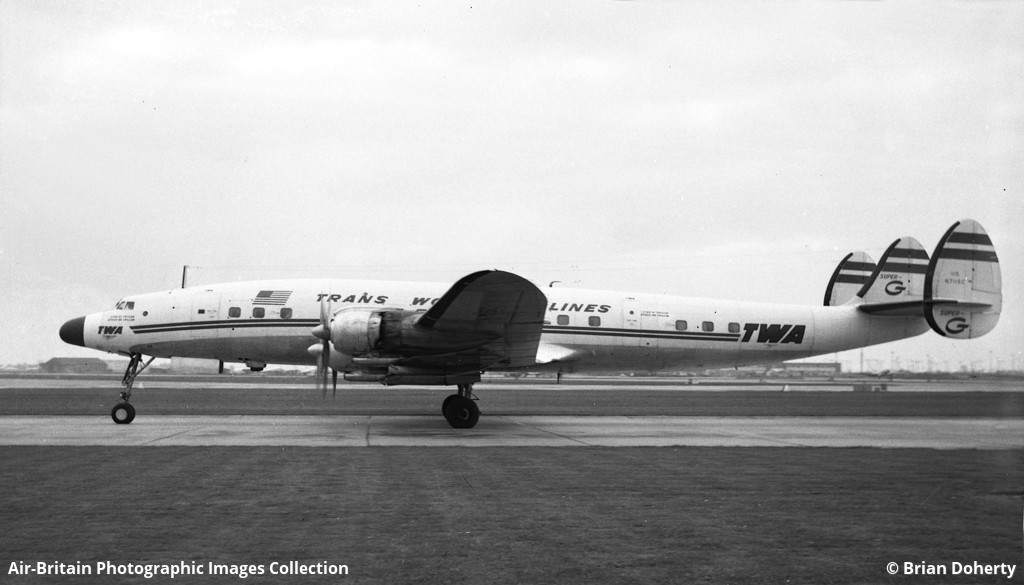Crash of a Learjet 23 off Chicago
Date & Time:
Mar 19, 1966 at 1400 LT
Registration:
N316M
Survivors:
Yes
MSN:
23-061
YOM:
1965
Crew on board:
2
Crew fatalities:
Pax on board:
0
Pax fatalities:
Other fatalities:
Total fatalities:
0
Captain / Total hours on type:
233.00
Circumstances:
The crew was completing a positioning flight to Chicago-Merrill C. Meigs Airport. On approach, both engines failed simultaneously. The airplane stalled and eventually crashed into Lake Michigan, few miles short of runway. Both pilots were rescued while the aircraft sank and was lost.
Probable cause:
It was determined that both engine failed due to icing. The crew failed to use the engine/nacelle deicing systems and improperly followed the emergency procedures. Then engine heaters were activated after the engine failure, and restart was attempted with both engine heaters on.
Final Report:








